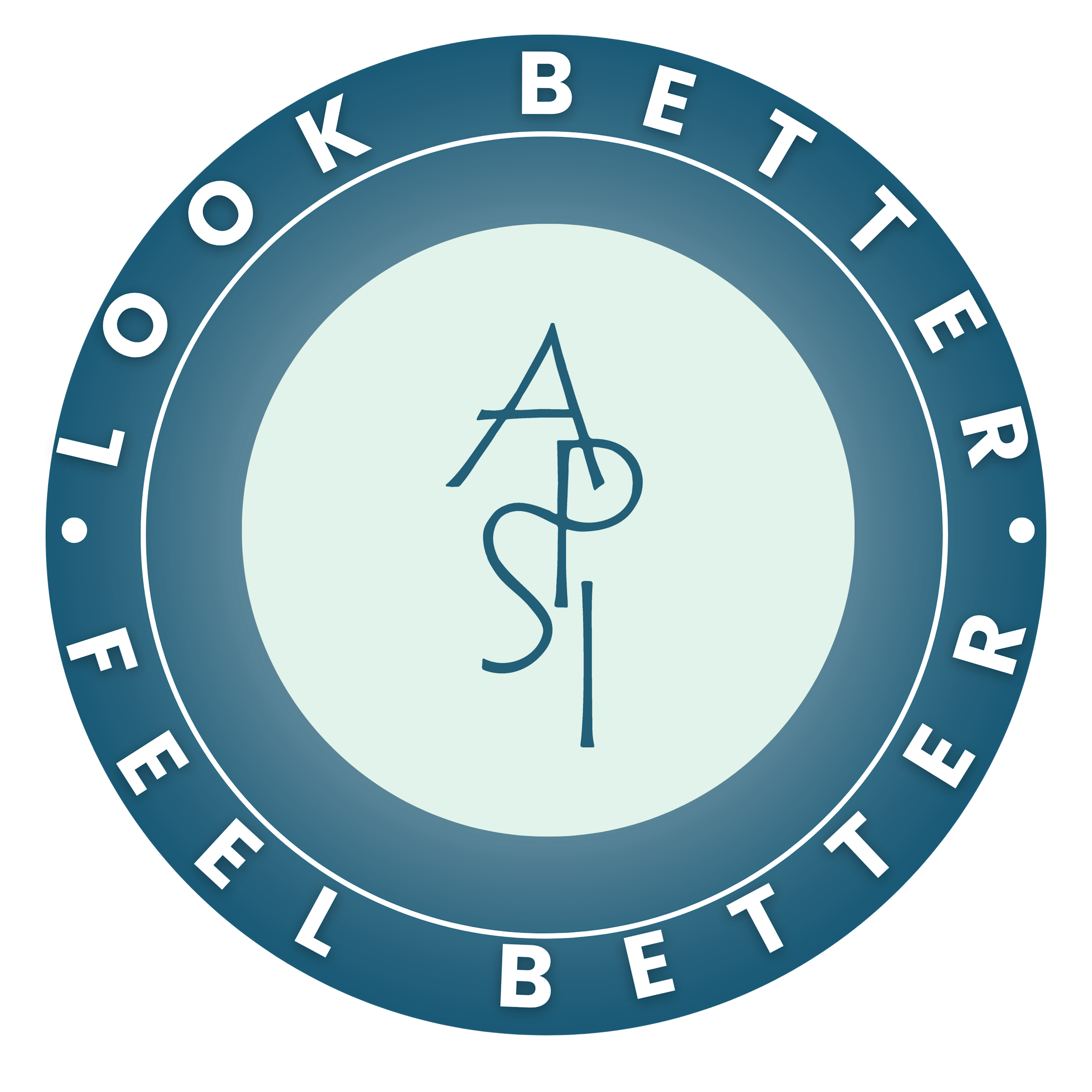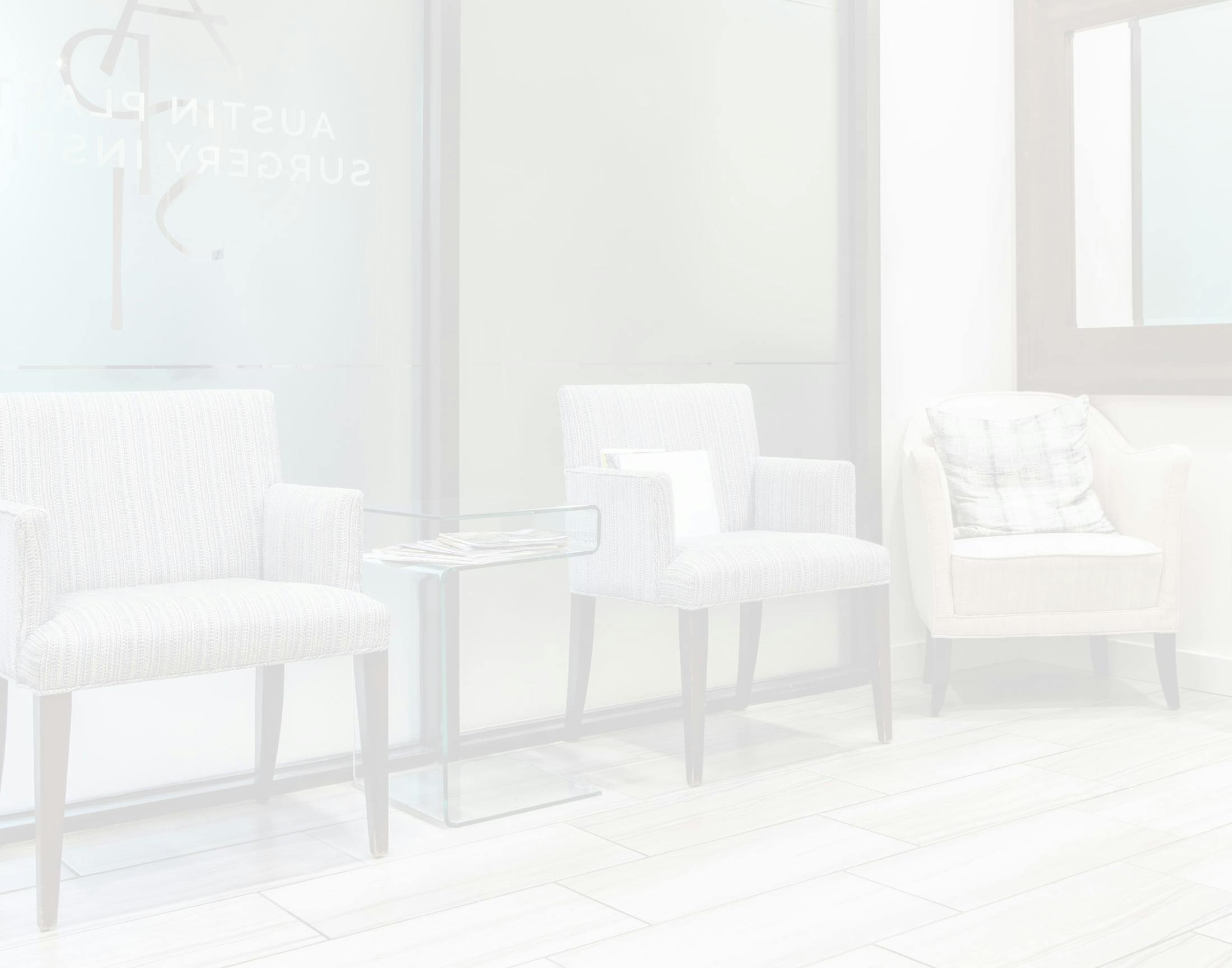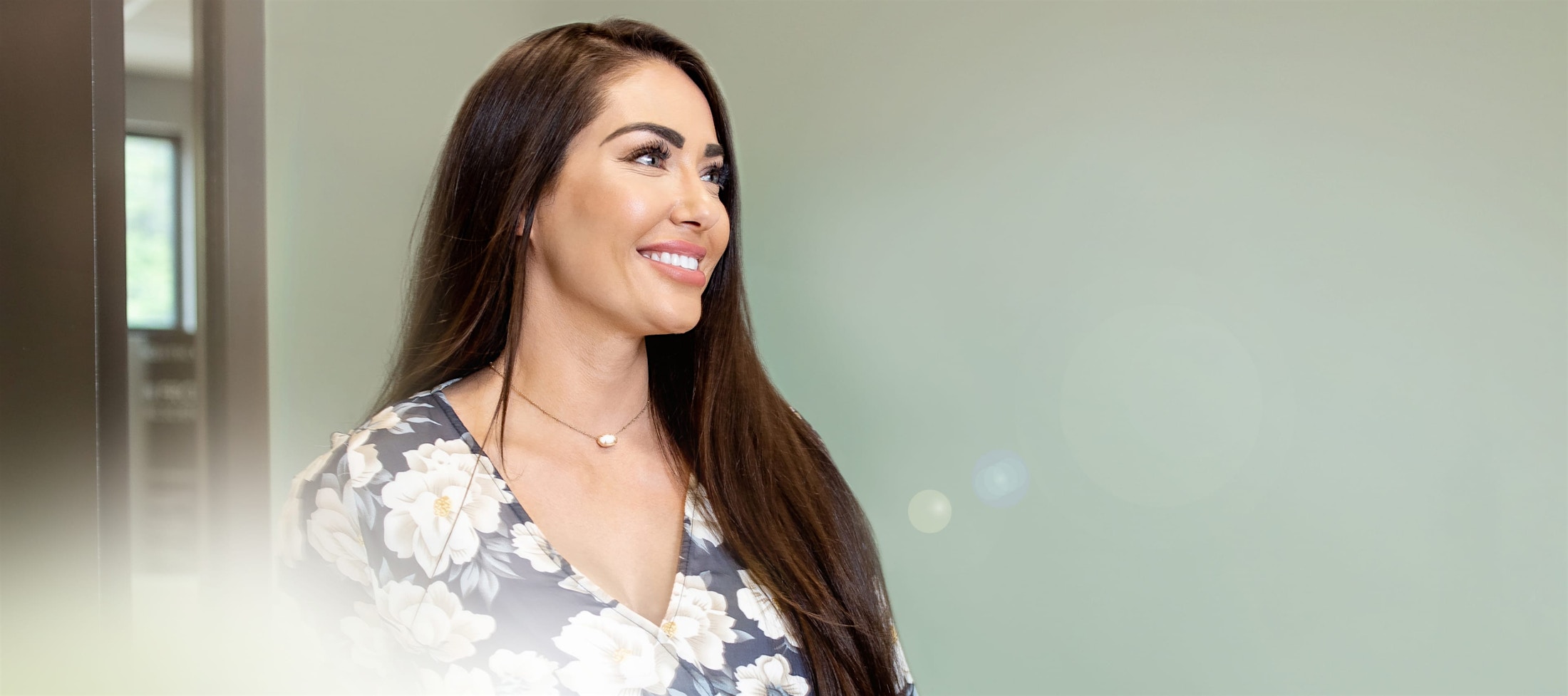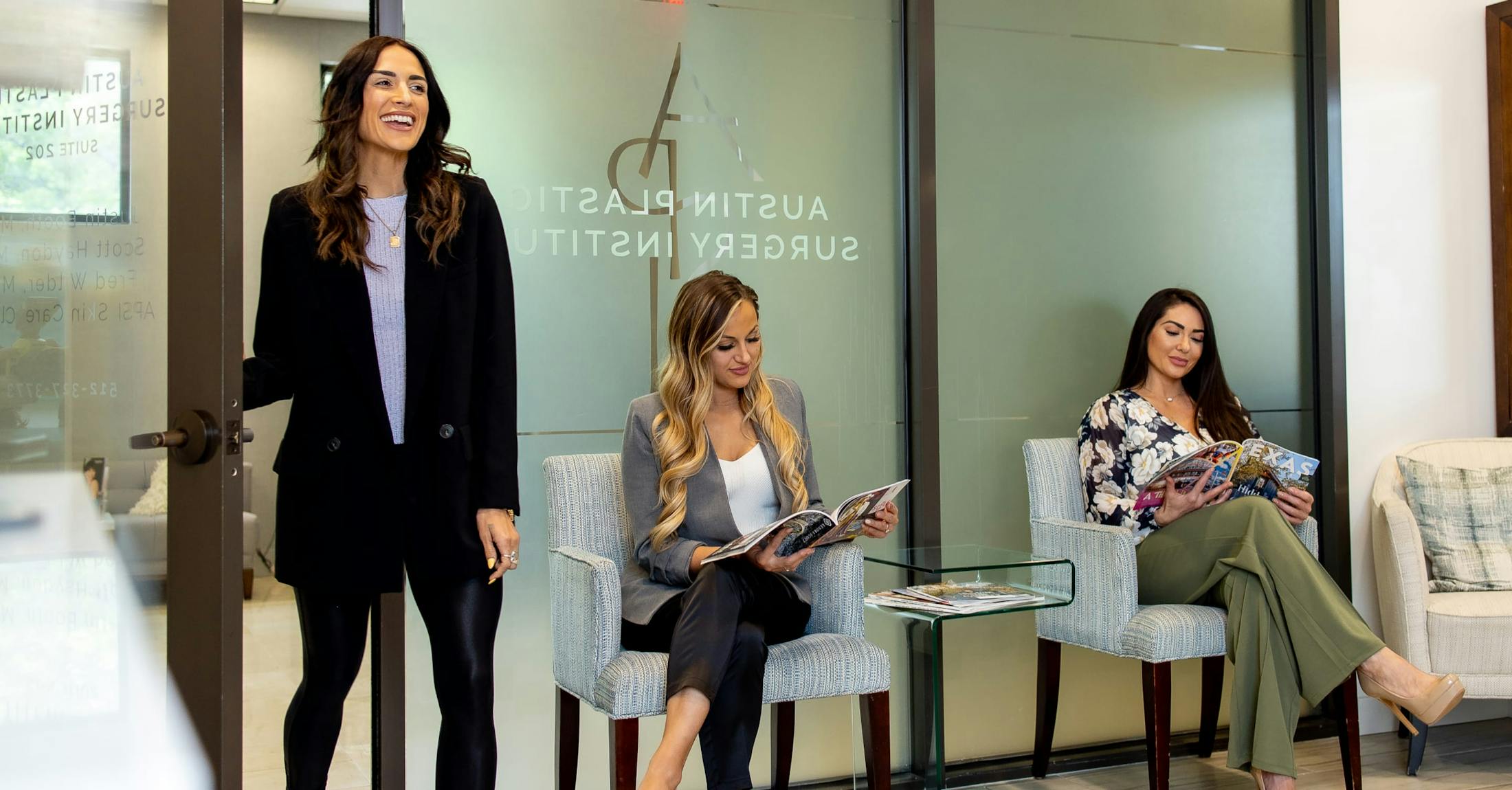As one of the more challenging surgical procedures, a rhinoplasty, or “nose job,” could be poorly executed, with unsatisfactory results, whether uneven, too large, too small, or collapsed due to lack of support. A revision rhinoplasty can help you achieve the goals you had for your original rhinoplasty.
Experience the skill and expertise of an APSI surgeon
At the Austin Plastic Surgery Institute, we are proud of our exceptional surgeons. They are all board-certified, highly skilled and have many years of experience. This is important in any surgery, but especially so in a procedure as delicate as revision rhinoplasty. We tailor your procedure to suit your unique personal circumstances and goals, blending surgical procedures with cutting-edge technology to provide you with the best possible results. Your wishes and goals are important to us, and we will ensure we understand your exact goals. We are known for being warm, welcoming and caring. Your safety and satisfaction are our top priorities.






